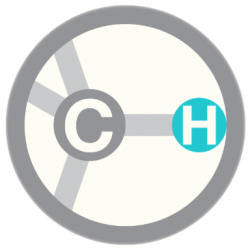Authors: Jørn Hansen, Huw M.L. Davies
Coordination Chem. Rev.,
2008, 252, 5-7, 545-555
The design and use of chiral dirhodium(II) paddlewheel complexes as catalysts for asymmetric metal carbenoid and metal nitrenoid reactions, and as Lewis acids have become areas of considerable interest during the past two decades. The metal carbenoid chemistry is especially versatile, encompassing transformations such as Csingle bondH insertions, cyclopropanations and ylide formation. A number of different classes of dirhodium(II) catalysts have been found to be broadly effective in this chemistry. This review will highlight that many of these catalysts have higher symmetry than the individual chiral ligands themselves. An introduction of theoretical aspects concerning the structure and symmetry of chiral dirhodium(II) complexes will be given followed by an overview of the major classes of catalysts developed to date. Some representative examples of the synthetic potential of these catalysts will also be discussed.

